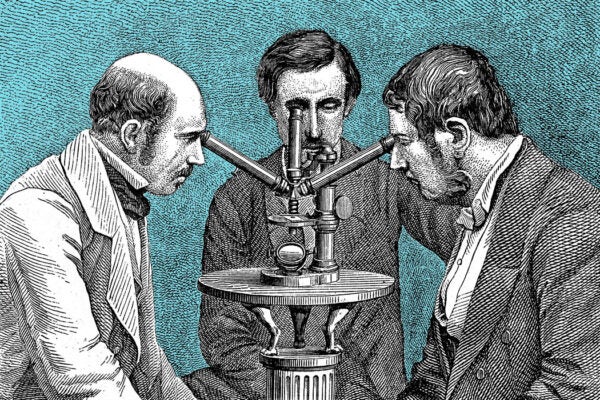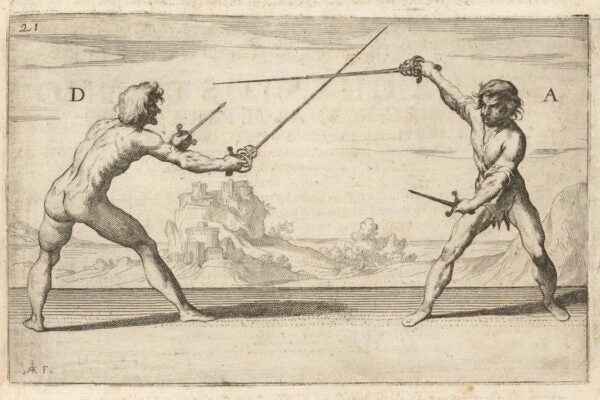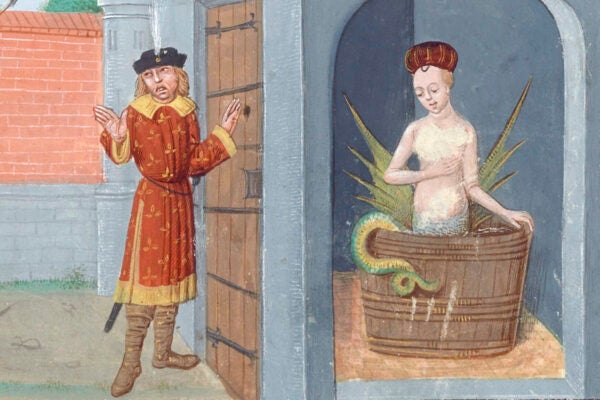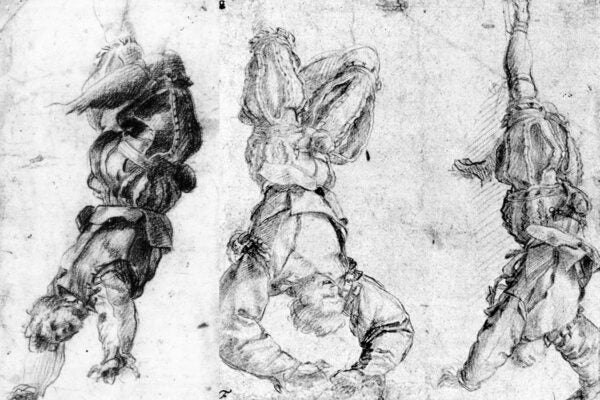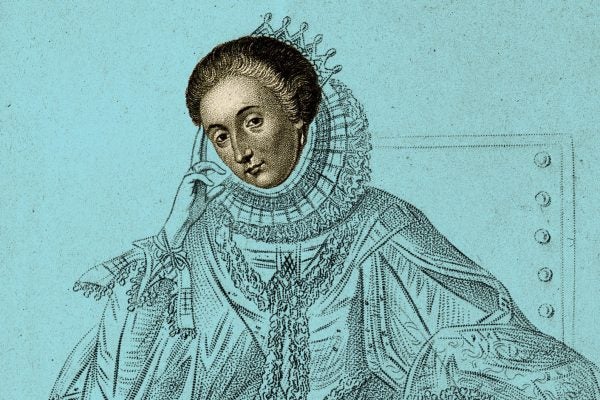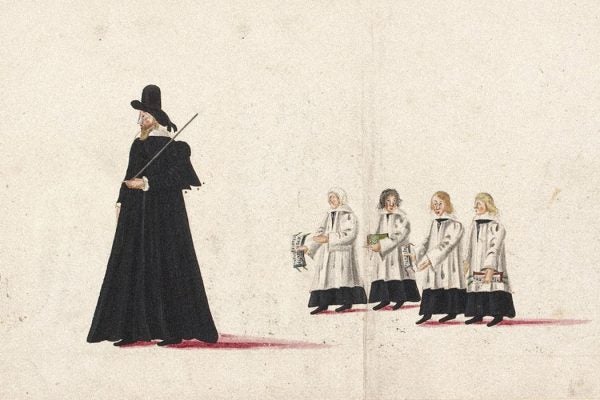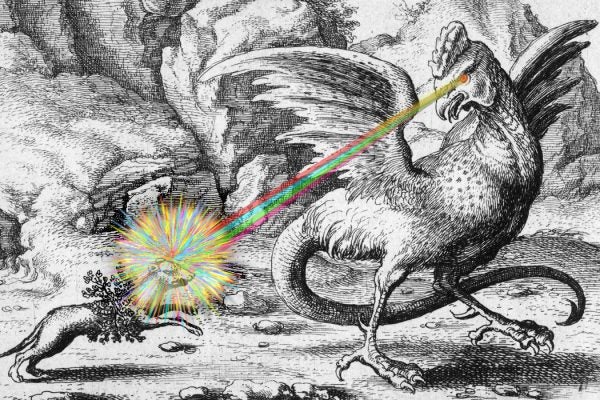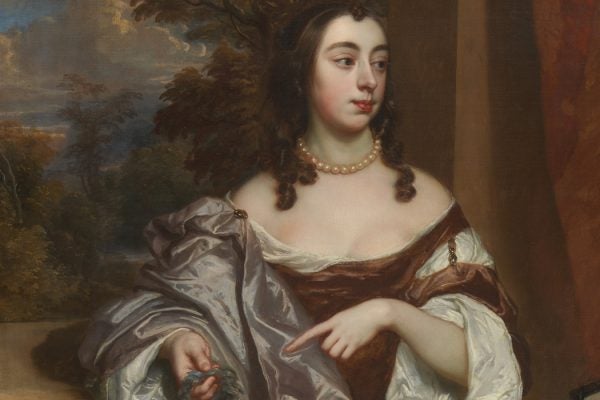The Age of Wonder Meets the Age of Information
What can past eras of information overload teach students about critically consuming content in the present?
The Fencing Moral Panic of Elizabethan London
In Elizabethan England, it seemed like everyone was carrying a sharpened object with the intent to inflict damage.
Prisoners’ Pastimes
Isabella Rosner’s Stitching Freedom showcases embroidered works made by the incarcerated and examines this craft’s historical popularity behind bars.
Scrub-a-Dub in a Medieval Tub
Contrary to popular misconceptions, Europeans in the Middle Ages took pains to keep themselves clean.
Punitive Portraits of the Renaissance
The Italian legal tradition called for the public display of a humiliating—but recognizable—portrait of the disgraced person.
Mary Sidney and the Voice of God
Philip Sidney’s attempt at translating the Psalms ended with his early death. Then, his sister took up the cause—and proved herself the superior poet.
Her Majesty’s Kidnappers
In the 17th century, Nathaniel Giles had the right to conscript young singers into the British royal children’s choir. He and a business partner went a step further.
Plant of the Month: Dittany
Did women in the premodern world have much agency over reproduction? Their use of plants like dittany suggests that they did.
The Extremely Real Science behind the Basilisk’s Lethal Gaze
According to the extramission theory of vision, our eyes send out beams of elemental fire that spread, nerve like, to create the visual field.
The Beaufort Botanist and Her “Innocent Diversion”
Despite the twelve volume herbarium she created, this seventeenth-century scientist earned little recognition.
